Please do not block ads on our site. Clicks on ads help us exist, grow and become more useful for you!
Calculation and Selection of the Expansion Tank
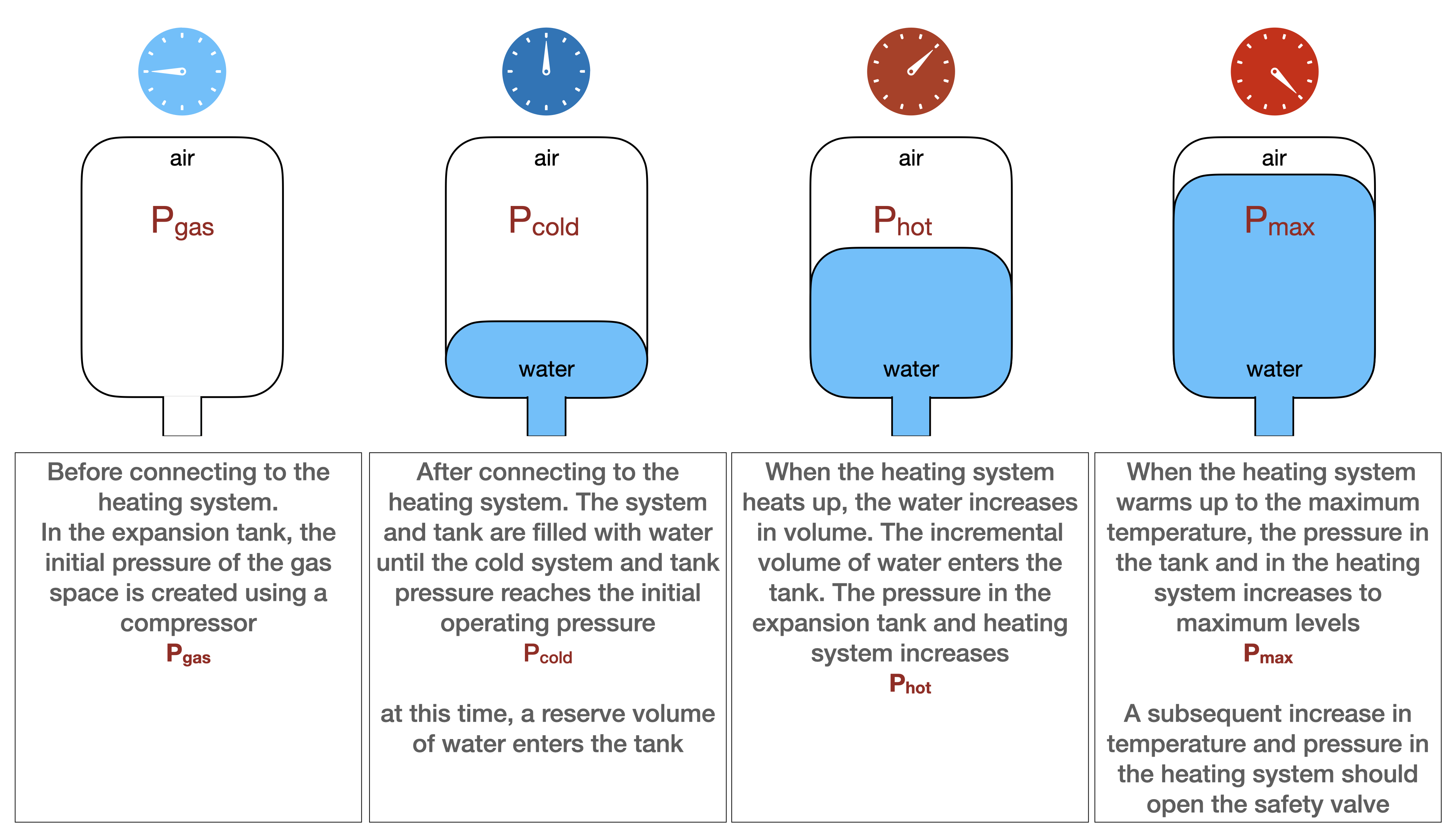
Expansion Tank Calculation
The calculation of the expansion tank is performed to determine its volume, the minimum pipe diameter, the initial pressure of the gas space, and the initial operating pressure in the heating system.
The calculation methodology for expansion tanks is complex and routine, but in general, the following relationship can be established between the tank volume and the influencing parameters:
- The larger the capacity of the heating system, the larger the expansion tank volume.
- The higher the maximum temperature of the water in the heating system, the larger the tank volume.
- The higher the maximum allowable pressure in the heating system, the smaller the tank volume.
- The lower the height from the installation point of the expansion tank to the highest point of the heating system, the smaller the tank volume.
Since expansion tanks in the heating system are required not only to compensate for the changing water volume but also to replenish minor leaks of the heat carrier — a certain water reserve, called the operating volume, is provided in the expansion tank. The above calculation algorithm includes an operating water volume of 3% of the heating system capacity.
Expansion Tank Selection
The selection of the expansion tank should be made taking into account its temperature characteristics and strength. The pressure and temperature at the tank connection point should not exceed the maximum allowable values.
The volume of the expansion tank should be equal to or greater than the volume obtained from the calculation. There are no negative consequences of overestimating the volume beyond the calculated value.
If the installation of expansion tanks is planned in a room, it should be considered that tanks with a diameter greater than 750 mm and a height greater than 1.5 m may not fit through doors, and mechanized means may be required for their transportation. In this case, it is better to opt for several smaller membrane tanks instead of one large one.
Attention!
1. When using glycol mixtures as the heat carrier, it is recommended to select an expansion tank with a volume 50% greater than the calculated volume.
2. The first sign of an improperly calculated or unadjusted expansion tank is frequent triggering of the safety valve.
question : comment : feedback
 Online Equipment calculations
Online Equipment calculations
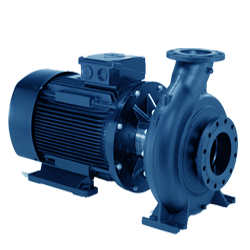
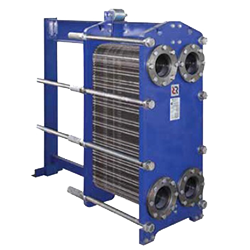
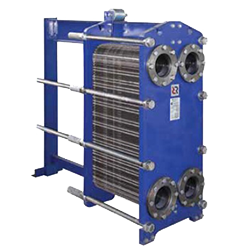
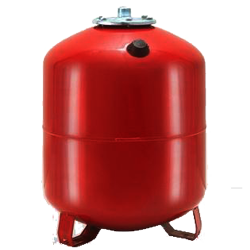

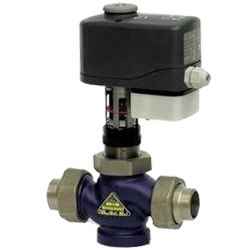


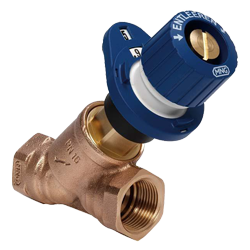




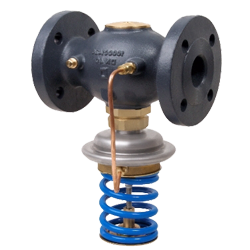
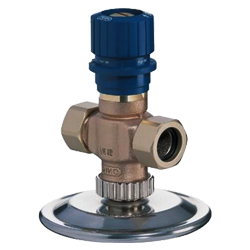
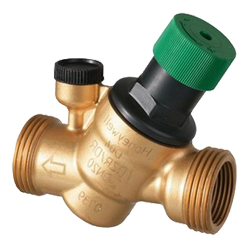


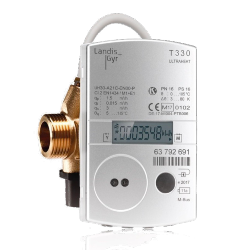
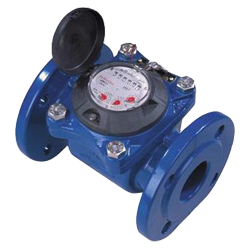

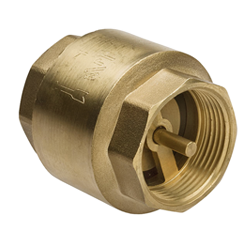
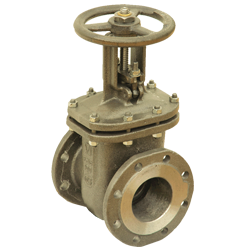

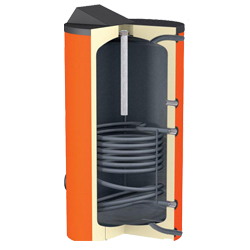

 EXAMPLE
EXAMPLE








